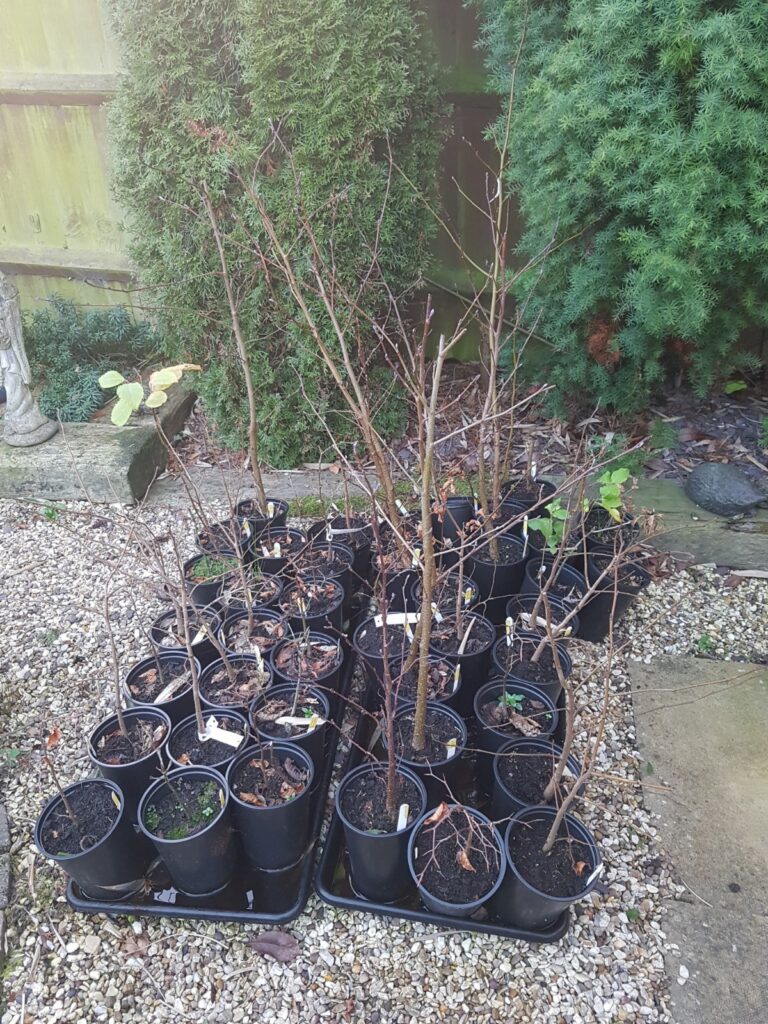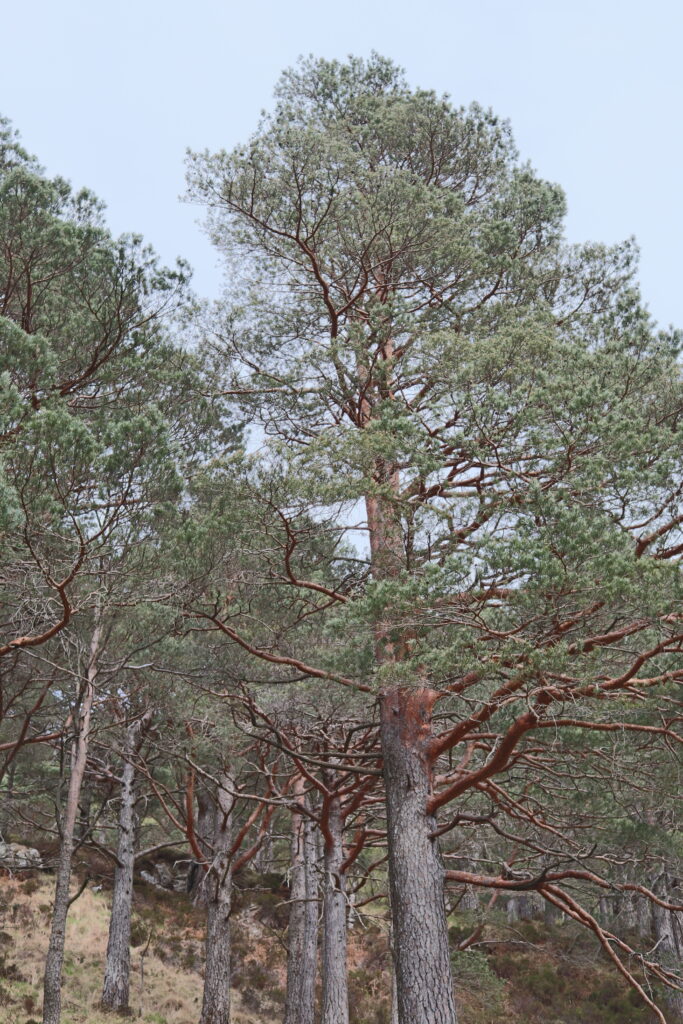A Reflection
It is all about an instinct to plant trees. Looking round landscapes there are always locations where there is an obvious site to plant another or even create a small wood. The countryside can also remind us that trees are vulnerable to the elements and the cycle of growth and decline. The grand trees of yesteryear eventually will all vanish. It was a chance walk close to some oak trees that had spread their bounty of acorns that spoke of the opportunities to grow more trees – as if an asking – plant me. A selection of acorns thus gathered were planted and quite easily appeared in the spring as small vigorous trees – eager to take root and flourish. In the neighbourhood there was a lusty chestnut tree that produced in the autumn a rich harvest of chestnuts. Dozens could be planted in a given season in pots and nurtured for two or three years. This was at a time when there was a more general interest in planting trees. The National Forest was gearing up tree planting in the centre of England and inviting the public to come and bring their sapling trees to planting areas. A goodly number of my oak trees were planted in this way near Ratby in Leicestershire. I think now some 25 years later they must be over 30 feet high. Some of the choicest acorns used for seedlings were in fact found in Bradgate Park near Leicester – which once formed part of the estate of the family of Lady Jane Grey. It appears, however, that organisations are now more fussy about the source of their new plantings. When I called to inform the Forest if Arden that I had some trees for planting they were very quick to indicate that they could not accept any such uncertified stock due to the possible hazard of introducing diseased trees. I did not even have time to mention that I had obtained the trees originally from a certified supplier and had let them mature for over a year. Within this collection it was the alders that showed the most vigorous growth and which are noted to thrive in a damp environment.
Finding a home for these trees was to prove problematic. Advertising this batch of trees on the parish Council notice board in our village brought no response. Could the answer be guerrilla tree planting? It was worth trying. All patches of land of course belong to some person or agency though many of these are neglected, unnoticed and uncared for, the planting of the occasional small tree in such spaces is largely unnoticed and unlikely to have any significant impact. Walking about in the countryside with a spade and a large carrier bag, however, does attract attention. A lot of common sense applies in making decisions about the choice of such locations. Trees were planted in about five main locations where the most apt was a country park that years previously had been a busy colliery site. It would have been so much easier if there had been a designated tree planting zone to hand. This would have made the whole exercise much more efficient. Such spaces are, I believe, termed Community Woodlands.
I did once attend a consultation meeting in our village when living in England about its ‘plan’ for the future at a time when there was general panic about encroaching housing development. I raised the issue of planning for trees within the village and was met with an obvious lack of cognitive sharing. People obviously were not thinking about trees. I did see later from the minutes of the Parish Council that they had allocated £1500 for the removal of a chestnut tree from the old village cemetery though there was never any business discussing the planting of new trees.
In retrospect it is good to follow instincts to plant trees – either as something centred on one’s own efforts or in support of valiant organisations such as the ‘Woodland Trust’ or ‘Trees for Life’ where the latter group is endeavouring to restore areas of the Caledonian Forest in Scotland. There will always be room for one more tree – of the right type in the right place.
Images

